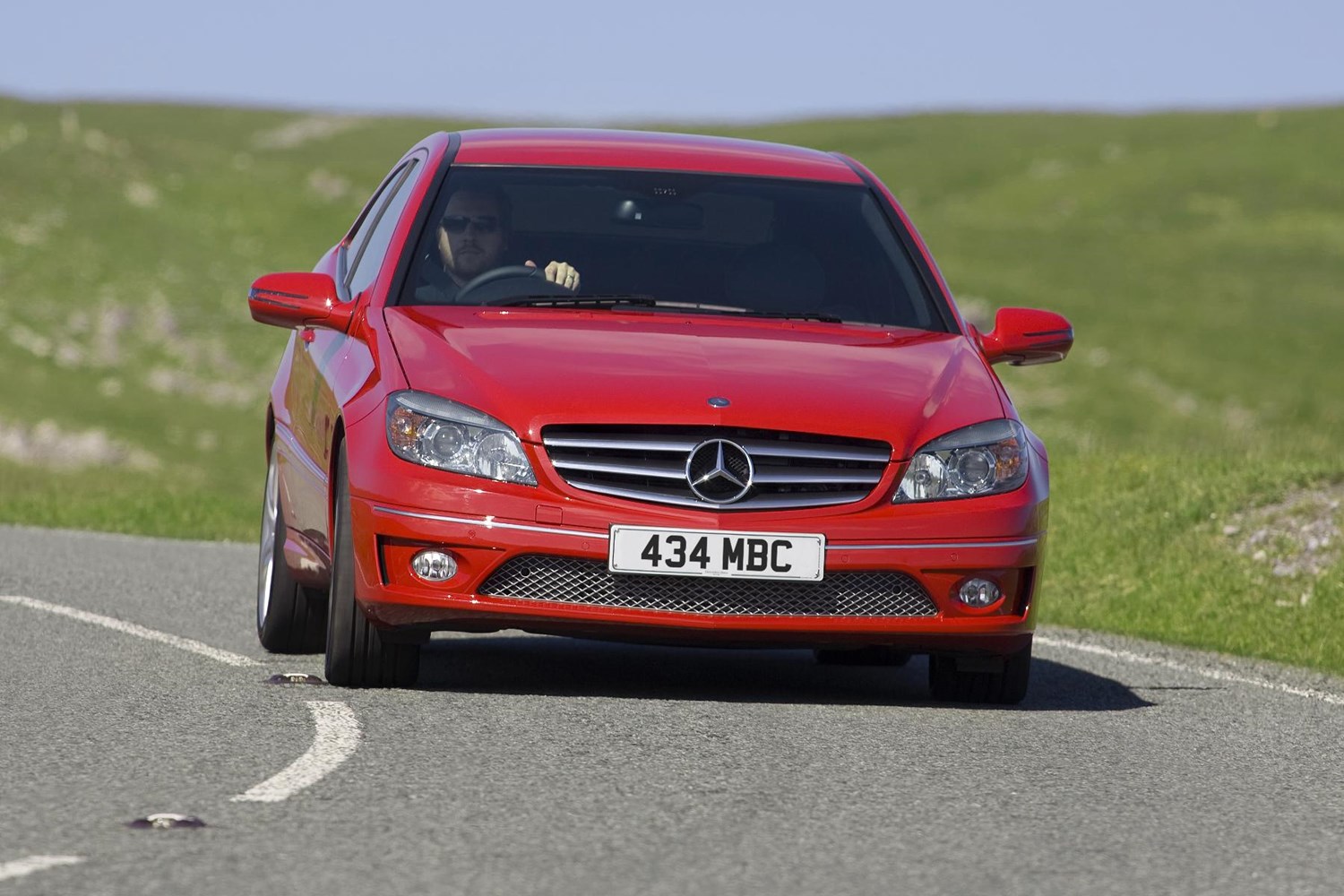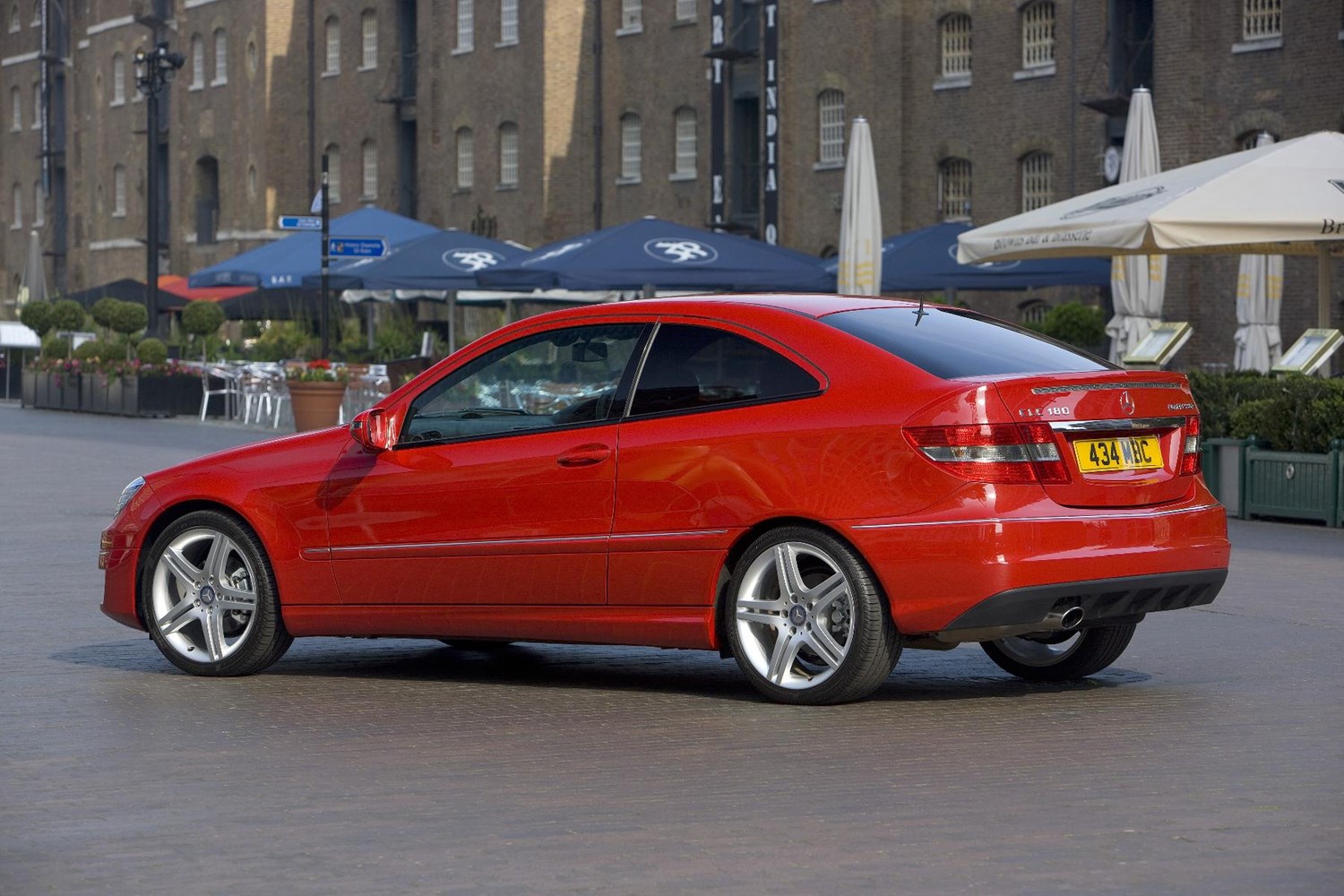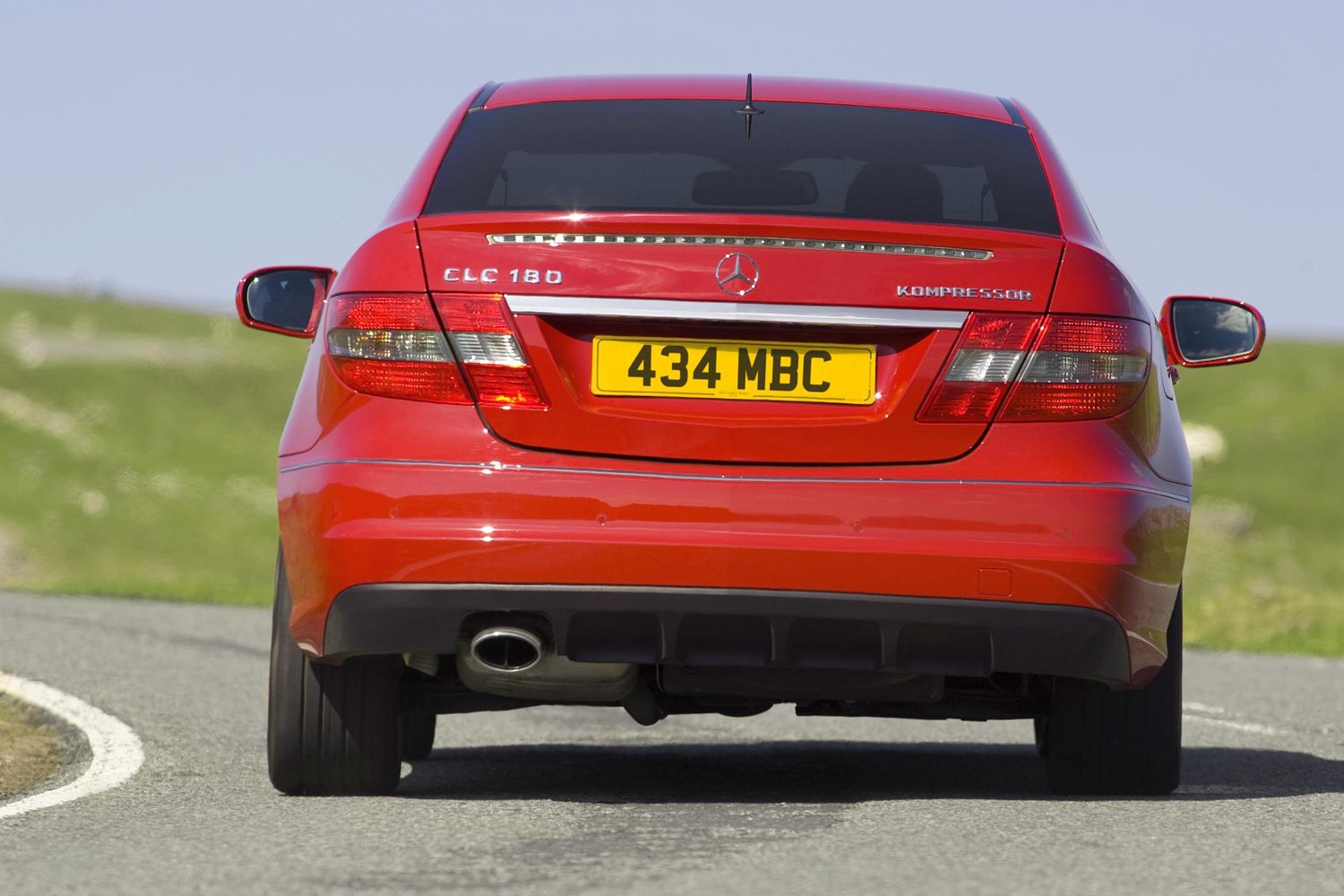Space and practicality
While boot space is limited because the CLC is a three-door coupe, it is not too bad. It has 310 litres of room, and the rear seats also fold – something other coupes don’t have the function of doing – meaning it has a big 1,100 litres of boot space once they are folded.
The rear seats are also not too difficult to access, although if you are going to have people in the rear seats regularly, you may want to consider whether the normal four-door C-Class makes more sense because of its extra practicality. Although, leg and headroom is still quite impressive.
While the CLC was never actually tested by Euro NCAP, it is still quite a safe car. While it came out at a time when autonomous driver aids were yet to be implemented into cars, it still has six airbags, traction control as well as Isofix child mean mountings, meaning it can be family friendly if you are prepared to always be sliding the seat backwards and forwards to let children out.
Engines
Mercedes offered a range of engines in its CLC. These included the option of five petrol engines and two diesels.
The petrol options came in the guise of the CLC160 (120bhp), CLC180 (141bhp), CLC200 (181bhp), CLC230 (201bhp) and the CLC350 (268bhp). The CLC160 only had a 1.6-litre engine and was completely underpowered so is best avoided. At the top end of the range was the CLC230 and CLC350, that had 2.5-litre and 3.5-litre six-cylinder engines respectively. These variants are rare though, and therefore hard to find, while also having abysmal fuel consumption and emissions. The middle-of-the-range CLC 180 and CLC 200 definitely are the best options if you are wanting a petrol version.
As for the diesels, there are only two, the CLC200 CDI and CLC220 CDI, that have 120bhp and 148bhp. The CL200 is underpowered, having only 120bhp, although offers much better fuel economy than the more powerful CLC220 CDI.
Running Costs
Because of the age of the CLCs engines, unfortunately none of them return particularly impressive fuel economy, especially when compared to cars such as the BMW 1-Series Coupe and Audi A3. No particular engines even stand out as being particularly efficient, because even the CLC 200 CDI still only returns 50.4mpg. The petrol engines are even worse on fuel too, so are best avoided if fuel efficiency is what you’re after.
Insurance groups are high too, ranging from 29 to 36 which is high for a car that offers (largely) quite disappointing performance.


